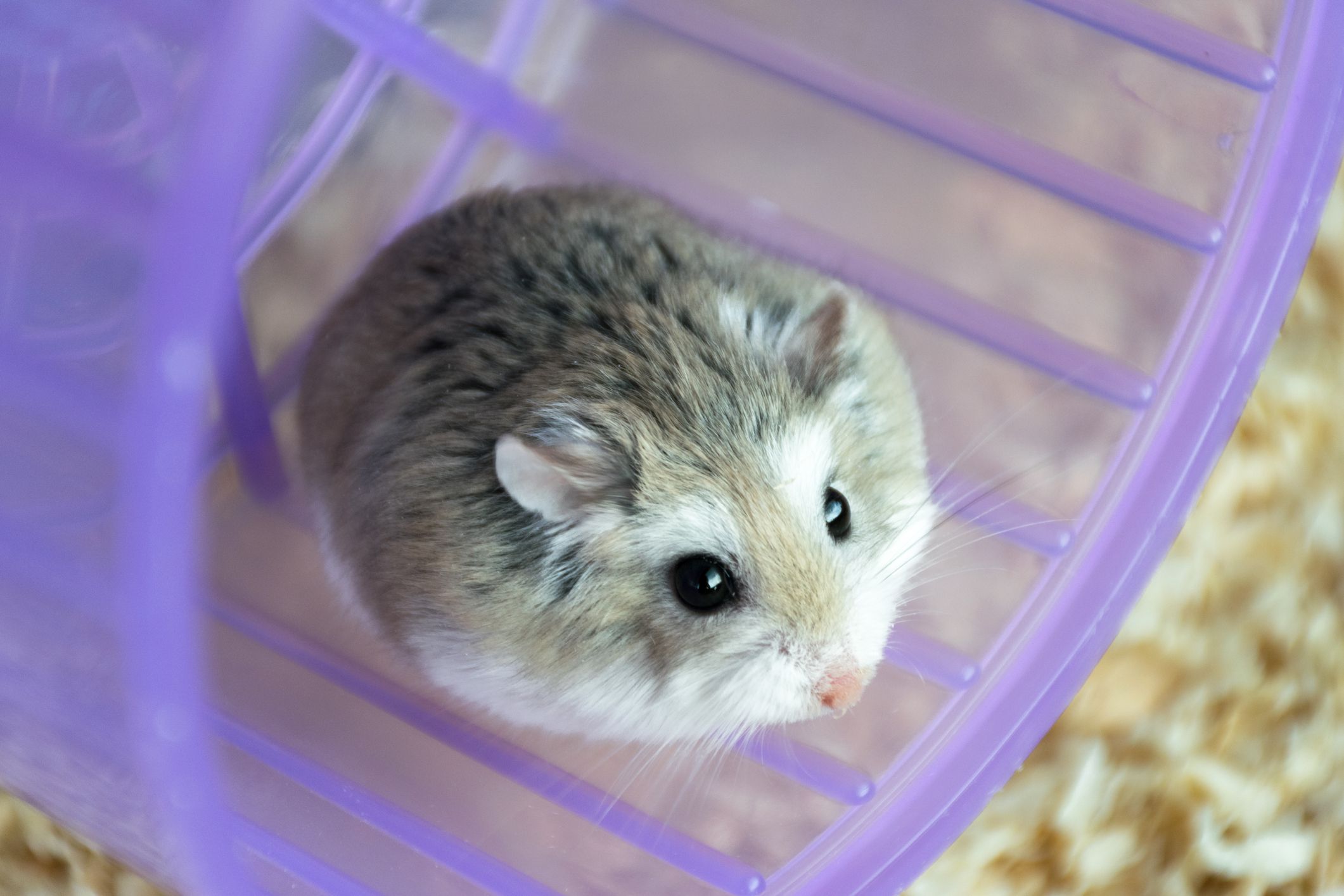Best Hamster Breeds for Easy Handling
Are you considering getting a hamster as a pet? If so, one of the most crucial decisions you’ll face is finding the right breed that suits your lifestyle and handling preferences. Hamsters are fantastic little creatures that can bring joy and companionship into our homes. However, not all breeds are created equal when it comes to handling. In this article, we will explore the best hamster breeds that are known for their ease of handling, ensuring a delightful experience with your new furry friend. You will also learn some tips on hamster care, as well as where to find reliable resources for more information.
In the next few sections, we will cover:
- The top hamster breeds for easy handling
- Tips for handling your hamster
- Choosing the right habitat for your hamster
- Common mistakes to avoid with your hamster
- Additional resources for hamster care
:strip_icc()/GettyImages-1133471852-250071b3446d4aac858991f1f9bc0a17.jpg)
Top Hamster Breeds for Easy Handling
1. Syrian Hamster
Often considered the most popular hamster breed, the Syrian hamster, also known as the golden hamster, is an ideal choice for first-time owners. They are known for their friendly nature and relatively large size, which makes them easier to handle.
Characteristics:
- Size: 5-7 inches long
- Temperament: Generally friendly and docile
- Social needs: Prefer to live alone
2. Campbell’s Dwarf Hamster
Another excellent breed for easy handling is the Campbell’s dwarf hamster. They are small, affectionate, and less prone to bite when adequately socialized. Known for their curious and playful nature, they thrive on interaction with their owners.
Characteristics:
- Size: 3-4 inches long
- Temperament: Playful and energetic
- Social needs: Can live in pairs or groups
3. Roborovski Hamster
The Roborovski hamster, the smallest of the breeds we’re discussing, can also be a great pet for those willing to put in some time for socialization. While they are typically more skittish, with patience and gentle handling, they can become quite tame.
Characteristics:
- Size: 2-3 inches long
- Temperament: Fast and energetic
- Social needs: Prefer to live in pairs or groups
4. Winter White Dwarf Hamster
This breed is not only known for its beautiful fur but also for its friendly personality. Winter Whites can adapt well to handling if you take the time to build trust.
Characteristics:
- Size: 3-4 inches long
- Temperament: Gentle and friendly
- Social needs: Can live in pairs or groups
Tips for Handling Your Hamster
Successfully handling your hamster requires some skills and patience. Here are some tips to help you handle your furry friend with ease:
1. Start Slow
Always begin by allowing your hamster to become comfortable with its new environment. Let them exploring their habitat without direct handling initially.
2. Use Treats
Build a bond by offering treats. Use small pieces of fruits or veggies to encourage your hamster to trust you.
3. Be Gentle
When you pick up your hamster, do so gently and confidently. Avoid sudden movements that might startle them.
4. Create a Safe Space
Ensure the area where you are handling your hamster is safe and escape-proof. You can use a ball or a playpen to keep them secure.
Choosing the Right Habitat for Your Hamster
The right habitat is essential for your hamster’s overall health and well-being. Consider the following factors:
1. Size of the Cage
A spacious cage, particularly for larger breeds like the Syrian hamster, is crucial. Choose cages with plenty of space for climbing and exploring.
2. Bedding and Accessories
Comfortable bedding and various accessories like tunnels, wheels, and chew toys are necessary for stimulating your hamster.
3. Location
Place the cage in a quiet area of your home, away from direct sunlight and drafts, to create a comfortable environment.
Common Mistakes to Avoid with Your Hamster
Many new hamster owners make mistakes that can lead to stress or health issues for their pets. Here are a few common pitfalls to avoid:
1. Ignoring Socialization
Failing to spend time socializing your hamster early on can result in a more anxious or aggressive pet.
2. Improper Diet
Feeding your hamster a poor diet can lead to health problems. Always provide a balanced diet, including hamster pellets and fresh vegetables.
3. Inappropriate Cage Setup
Not equipping the cage with proper tools and hiding spots can lead to boredom and stress.
Additional Resources for Hamster Care
If you’re looking for more information on how to care for your hamster effectively, check out these informative articles:
Conclusion
Choosing the right hamster breed for easy handling can make a significant difference in your experience as a pet owner. Syrian hamsters and dwarf breeds like Campbell’s and Winter White are all excellent choices. Remember, taking the time to socialize and handle your hamster properly is critical for developing a bond and ensuring a happy pet.
In summary, know the best breeds, practice proper handling techniques, set up an appropriate habitat, and avoid common mistakes. By following these guidelines, you’ll be well on your way to nurturing a loving relationship with your new hamster. Happy petting!
